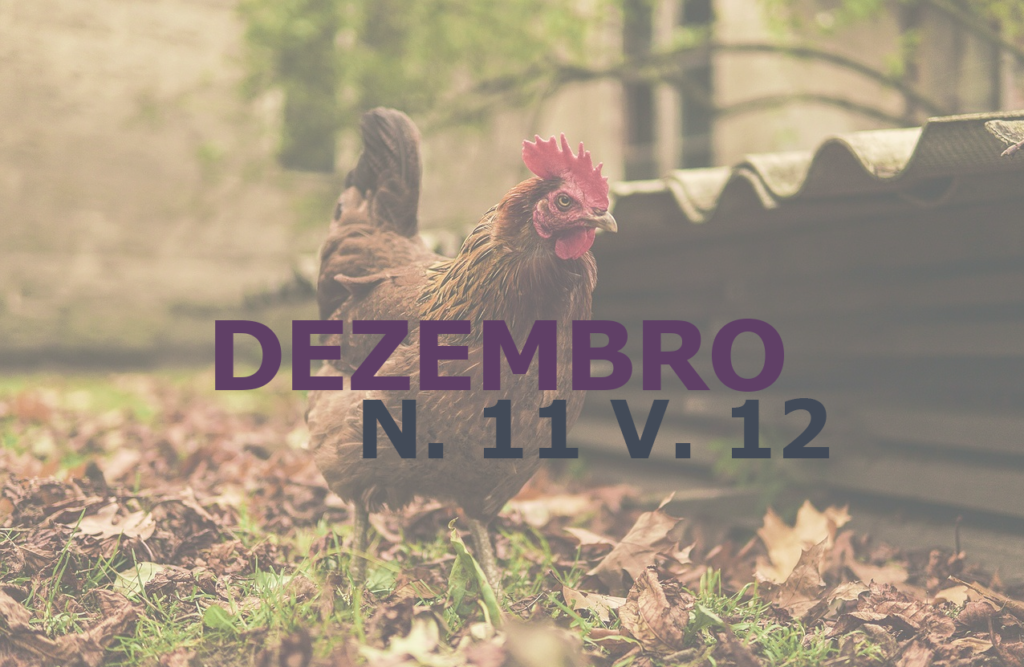Testicular morphology of tuvira (Gymnotus spp.) submitted to reproduction by different hormones inducers
DOI:
https://doi.org/10.22256/PUBVET.V11N12.1188-1195Keywords:
spermatogonia, GnRH-and eCG, EBHC, HistologyAbstract
The aim of study was to analyze the testis morphology of males tuviras (Gymnotus spp.) submitted to reproduction by different hormonal inducers. Forty male tuviras (40g ± 5.0) were used approximately in a completely randomized design with four treatments and 10 replicates; each animal was considered a repetition. For hormonal protocol establishment were tested three inducers: crude extract of carp pituitary (EBHC), equine chorionic gonadotropin (ECG), synthetic analogue of gonadotropin-releasing hormone (GnRH-a) and the control group was administered saline solution at 2%. The three hormones and control were applied in two doses (preparatory and final induction). Ten males per treatment were euthanized for macroscopic and microscopic analysis. It was determined volumetric proportion occupied by the components of testicular parenchyma (seminiferous tubules and intertubular tissue) and quantified populations of spermatogonia type A, type B, primary spermatocytes, secondary spermatocytes, spermatids, Sertoli cells (S) and lumen measurement . The results indicated that the hormone GnRH-a showed a higher capacity to promote the final maturation of the testes (P < 0.05), followed by eCG hormone. The EBHC hormone failed to promote the final maturation in males tuviras.
Downloads
Published
Issue
Section
License
Copyright (c) 2017 Roberta Martins Rosa, Cristielle Nunes Souto, Vinícius Santana mota, Jessica Meireles Souza Cunha, Delma Machado Cantisani Padua, Camila Mariangela Pacheco

This work is licensed under a Creative Commons Attribution 4.0 International License.
Você tem o direito de:
Compartilhar — copiar e redistribuir o material em qualquer suporte ou formato
Adaptar — remixar, transformar, e criar a partir do material para qualquer fim, mesmo que comercial.
O licenciante não pode revogar estes direitos desde que você respeite os termos da licença. De acordo com os termos seguintes:
Atribuição
— Você deve dar o crédito apropriado, prover um link para a licença e indicar se mudanças foram feitas. Você deve fazê-lo em qualquer circunstância razoável, mas de nenhuma maneira que sugira que o licenciante apoia você ou o seu uso. Sem restrições adicionais
— Você não pode aplicar termos jurídicos ou medidas de caráter tecnológico que restrinjam legalmente outros de fazerem algo que a licença permita.





